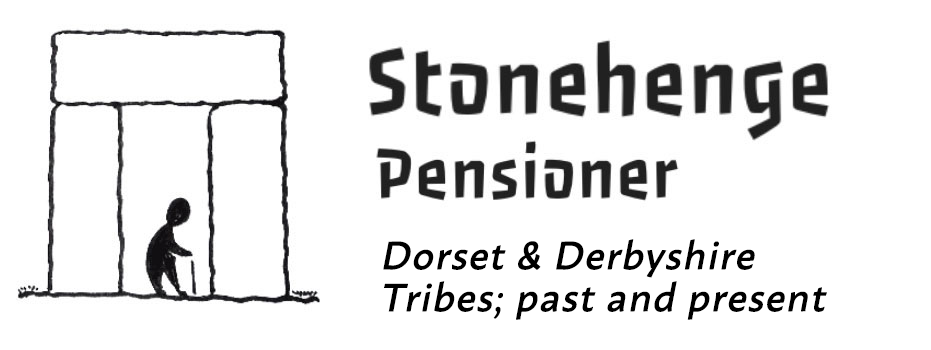Prehistoric Long Barrows Make A Comeback
A theme of my book is about how much the past, including the prehistoric past, still touches modern life. The joy of getting back in touch with the land and even utilising the beauty of stone is deep within our genes. Indeed, identifying the good from the past, giving it a makeover and reintroducing it as ‘new’ is a skill. The company Sacred Stones have achieved this by recreating long barrows. Prehistoric long barrows, even brand new ones, contain all the spiritual depth that is missing from the digital world.
What is a barrow?
We need to be careful in defining a barrow. The word really means a soil covered tomb, which might include just a single grave. These new constructions copy the larger chambered long barrows from early Neolithic times. Those often had a low, narrow entrance leading some metres along a stone passage. This might lead to two or three chambers or recesses. These barrows were designed as collective tombs, as a repository for bones and not a place of burial. The bones were collected after the bodies were exposed to birds, what we now call excarnation. In contrast, the recreated barrows have a walk-in entrance and are being used to store cremated remains in stone niches for a set period. Today, the body is cremated and excarnation is not legally allowed in the UK.
The Photograph
My photo shows the barrow at La Hougue Bie in Jersey. The islanders call this a passage grave but it is similar to our long barrows. A Celtic coin hoard was found nearby and some of the coins were from Hengistbury Head in Dorset. The ferry service from Poole makes visiting the beautiful Channel Islands easy and they have a fascinating prehistory.
Prehistoric Long Barrows
These long barrows were specific to parts of Britain, mostly on the Western side including offshore islands. For certain, it is a mistake to see them as part of mainstream culture in what is now called Britain. Indeed, no such place existed in prehistory when our island was split into tribal areas. Consequently, Zuri, my alter ego in 2200 BC, did not know the chambered barrows. They appear to have been used for one thousand years from 3800 BC to 2800 BC. They were then ritually closed up, as if new beliefs or rituals were introduced. That is odd because these people, the first horticulturalists, still continued the age old process of excarnation, of exposing bodies to birds.
Them bones
We have had 5800 years and what has changed? Our ancestors appear comfortable handling a skull and bones whereas we are not. We need an elaborate process to burn and crush them, then pack them into a casket. The link, it appears, is that in this packaged form the remains are transportable and can be retained, and touched. The problem today, of course, is that incineration is bad for the environment.




